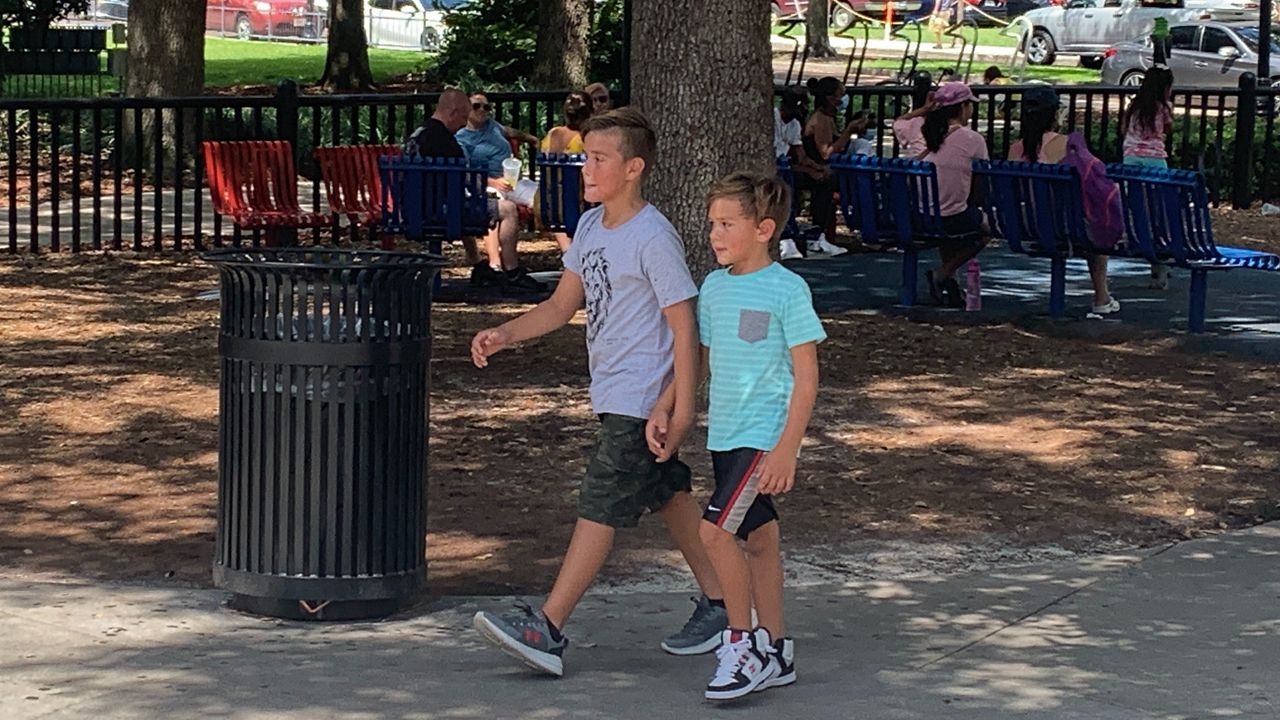CINCINNATI — Children often are dealt scenarios that can have a lasting impact on them, and many times those impacts are negative. The first step in working through it is identifying the individual needs a child has.
What You Need To Know
- Adverse childhood experiences (ACEs) can have a negative lasting impact on a child
- No two children have the same needs
- Communities can benefit from organized collaboration
“No two children need the same support,” said UC Health pediatrics professor Dr. Robert Shapiro.
The same is true of communities combating effects from ACEs, or adverse childhood experiences.
“Every child needs a feeling of hope. They need to develop a sense of command, that they can manage the problems on their own,” said Shapiro.
Shapiro also described what each community can find through the benefits of organized collaboration.
The Cincinnati organization Joining Forces for Children, founded in 2012, is a template for the rest of the state to follow.
“Joining Forces really provides an opportunity for different segments of our community to get together,” said Kevin Jamison, who participated in our Spectrum News town hall special on ACEs and is Assistant Superintendent of Princeton City Schools, a joining forces partner. “We really focus on developing a trauma-informed system, which involves assessment, evaluation, and ongoing communication to build awareness about the impact of ACEs.”
Joining Forces includes four “channels” or areas where the organization focuses on coordinating professional outreach to combat effects from toxic stress.
Erin Saul, another town hall participant, is community engagement specialist for the Mayerson Center for Safe and Healthy Children, one of the Joining Forces partners that helps in “really taking an upstream, primary prevention approach, but also downstream trying to build resilience and promoting protective factors to really buffer the impacts of toxic stress.”
Combating ACEs is as much a medical as it is a social, or community issue, which is why messaging from medical professionals, like Cincinnati Children’s pediatrician Dr. Anita Shah, is central.
“We try to identify the best ways to engage children and families on conversations about their resilience,” Shah said.
So what can other Ohio communities do to generate their own joining forces effort? The group’s website provides a template of events, resources and organization list that shows the breadth of involvement in addressing ACEs.
Combating ACEs is society-wide, and, as Dr. Shapiro indicated, the groups involved may look a bit different in your area, which is normal. But, no matter these local distinctions, the Ohioans in our initial stories in the Building Resilient Communities series, show that joining forces is more than an name: it’s a way forward in helping our kids.



